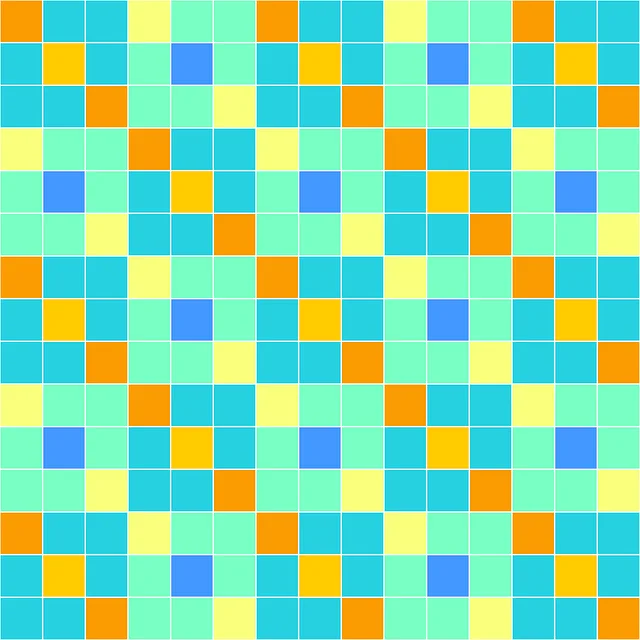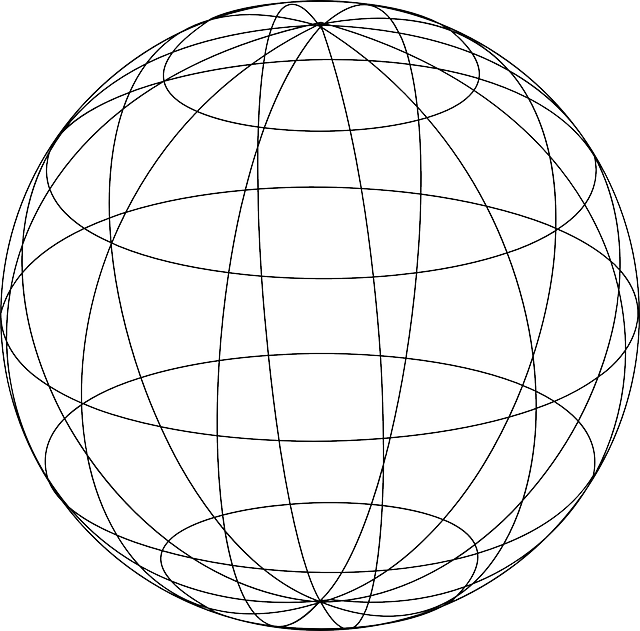Holistic health practices encompass a range of natural and integrative methods, one of which is kratom, a tropical plant traditionally used in Southeast Asia for its medicinal properties. Kratom's leaves contain alkaloids like mitragynine and 7-hydroxymitragynine, which are associated with energy enhancement and mood modulation due to their interaction with the nervous system and opioid receptors. Within energy healing, certain kratom strains such as Maeng Da are believed to balance the body's energy centers, or chakras. Kratom's role in holistic health is contentious due to its psychoactive nature, prompting research and regulatory attention. It's important for individuals to approach kratom with caution, understanding its effects and seeking professional advice given the variability in alkaloid profiles among different strains and suppliers. When considering kratom as part of a holistic health strategy for energy management, it should be used in conjunction with balanced nutrition, regular exercise, adequate sleep, and effective stress management to achieve overall well-being. The integration of kratom into holistic health represents an evolving area of exploration that could potentially enhance the use of natural substances within energy healing practices.
Holistic health enthusiasts often explore various modalities to harmonize their energy levels and promote overall well-being. This article delves into the burgeoning interest in kratom, a botanical substance, as an integral component of energy healing practices. We will dissect its chemical foundations and elucidate how they influence vitality. Furthermore, we compare kratom’s effects with other renowned energy healing methods like Reiki, acupuncture, and aromatherapy, providing a comprehensive overview of their respective roles in the realm of holistic health. Join us as we navigate the intricate world of energy healing modalities and their applications in maintaining balance and health.
- Exploring the Role of Kratom in Holistic Health and Energy Healing
- Understanding Kratom's Chemical Composition and Its Impact on Energy Levels
- A Comparative Analysis of Kratom with Other Energy Healing Modalities such as Reiki, Acupuncture, and Aromatherapy
Exploring the Role of Kratom in Holistic Health and Energy Healing

Holistic health practices often encompass a spectrum of natural and integrative approaches to well-being, with kratom gaining attention in various healing modalities. Kratom, a tropical tree native to Southeast Asia, has been traditionally used for its medicinal properties. In the context of energy healing, kratom is believed to align and balance the body’s energy centers, or chakras. Proponents suggest that specific strains of kratom can influence different energy levels within the body, promoting a sense of vitality and harmony. For instance, Maeng Da kratom is often associated with stimulating energy and mental clarity, while Bali kratom is known for its calming effects, which may aid in relaxation and stress relief.
The use of kratom in holistic health is not without controversy; it’s a subject of ongoing research and regulation due to its psychoactive nature. However, within the realm of energy healing, kratom is thought to interact with the body’s energy fields, potentially facilitating physical, emotional, and spiritual rejuvenation. It’s important to approach such practices responsibly and with a comprehensive understanding of their potential effects. Those interested in incorporating kratom into their holistic health regimen should consult with healthcare professionals to ensure safety and efficacy, especially considering the variable alkaloid content among different strains and vendors. As holistic health with kratom becomes more explored, it continues to offer insights into how natural substances can be harmonized with energy healing practices for overall well-being.
Understanding Kratom's Chemical Composition and Its Impact on Energy Levels

Kratom, a tropical tree native to Southeast Asia, has garnered attention in holistic health circles for its potential impact on energy levels. The leaves of kratom contain over forty compounds known as alkaloids, two of which, mitragynine and 7-hydroxymitragynine, are believed to be primarily responsible for its effects on the body. Mitragynine, in particular, is thought to stimulate the nervous system, leading to an increase in alertness and energy. This stimulant effect can be particularly beneficial for individuals seeking a natural alternative to conventional energy boosters or prescription stimulants. The alkaloids present in kratom interact with the opioid receptors in the brain, which may also contribute to its energizing properties by modulating pain perception and mood enhancement.
Incorporating kratom into a holistic health regimen for managing energy levels requires a nuanced approach. It is essential to understand the strain of kratom, as different strains can offer varying degrees of stimulation. For example, Maeng Da and White Vein kratom strains are often favored for their energizing properties, while Red Vein varieties are typically associated with relaxation and pain relief. Additionally, the appropriate dosage plays a crucial role in determining the effect. Users must adhere to recommended dosing guidelines to avoid adverse effects and ensure a safe and effective experience. It is also important to consider individual sensitivity, as responses to kratom can vary greatly from person to person. Holistic health practitioners advocate for a balanced lifestyle that includes proper nutrition, regular exercise, adequate sleep, and stress management alongside the use of kratom, to support overall well-being and sustained energy levels.
A Comparative Analysis of Kratom with Other Energy Healing Modalities such as Reiki, Acupuncture, and Aromatherapy

Holistic health practices encompass a broad spectrum of healing modalities, each offering unique benefits for physical, mental, and emotional well-being. Among these, Kratom has gained attention as a multifaceted substance that interacts with the body’s systems in complex ways. Comparatively, Kratom differs from Reiki, Acupuncture, and Aromatherapy in its direct interaction with the body’s physiology through its alkaloid compounds, which can influence mood, pain perception, and energy levels. Reiki, on the other hand, is an energy healing technique based on the principle of energy transfer through the hands of a trained practitioner, with the goal of enhancing the body’s natural ability to heal itself without the use of medications or external substances. Acupuncture, a traditional Chinese medicine practice, involves the insertion of fine needles at specific points on the body to balance the flow of energy, or Qi, believed to be essential for health. Aromatherapy uses naturally extracted aromatic materials or their essences to improve psychological or physical well-being. While these modalities work with subtle energies or scent molecules, Kratom’s influence is rooted in its pharmacological effects on the body and mind, making it a distinctive component of holistic health practices when seeking to address chronic pain, fatigue, or stress-related conditions. Each modality offers a distinct approach to healing and maintenance of wellness, with Kratom providing a tangible impact that can be felt more acutely in the physical realm compared to the more subtle energetic workings of Reiki, Acupuncture, and Aromatherapy.
Holistic health practices that incorporate kratom have garnered attention for their potential to balance energy levels. This article has delved into the multifaceted nature of kratom, elucidating its chemical properties and their effects on vitality. Through a comparative lens, we’ve examined how kratom aligns with and diverges from other modalities like Reiki, acupuncture, and aromatherapy, offering insights into the broader realm of energy healing. Each modality brings unique benefits to the table, yet collectively, they underscore the importance of a holistic approach in maintaining and restoring health and well-being. As such, individuals interested in energy healing modalities may find that integrating these practices can contribute significantly to their overall health journey.






